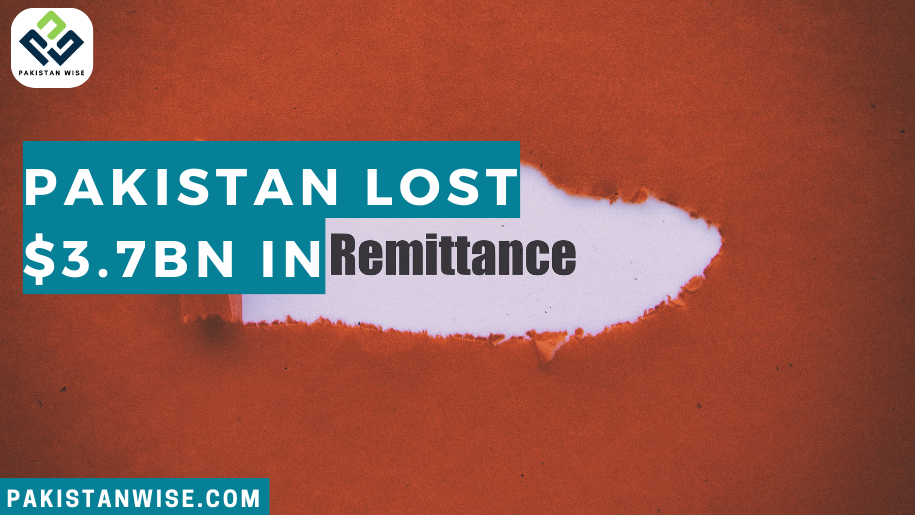Analyzing the Decline in Remittances from Overseas Pakistani Workers
Introduction
In May, remittances from Overseas Pakistani workers witnessed a notable decline, dropping by four percent compared to the previous month and 10 percent compared to the same period last year. This decrease, as reported by the State Bank of Pakistan, has led to a loss of 3.7 billion dollars in remittances during the first 11 months of the fiscal year 2023. The decline in remittances raises concerns about Pakistan’s external account management, particularly in light of the country’s ongoing efforts to secure a 1.1 billion dollar tranche from the International Monetary Fund (IMF). With foreign exchange reserves standing at less than 4 billion dollars, the impact of this decline on the overall economic situation is significant. This article aims to explore the reasons behind the decline in remittances and the potential challenges it poses for Pakistan.
1. Factors Contributing to the Decline in Remittances
1.1 Exchange Rate Gap:
One of the primary factors behind the decline in remittances is the widening exchange rate gap. Overseas Pakistani workers are often enticed by the higher rates offered in the gray market compared to the official banking market. This growing influence of the gray market has led to a decrease in remittances flowing through formal channels.
1.2 Decrease in Remittances from Key Sources:
The largest source of remittances, Saudi Arabia, witnessed a significant decline of 16.3 percent. Remittances from the United Arab Emirates (UAE) also decreased by 19.2 percent. Additionally, remittances from other significant sources, including the United Kingdom, the United States, Gulf Cooperation Council (GCC) countries, and European Union (EU) countries, experienced declines as well.
2. Impact on Pakistan’s External Account Management
2.1 IMF Tranche and Foreign Exchange Reserves:
Pakistan’s decline in remittances poses challenges to its external account management, especially in relation to securing a 1.1 billion dollar tranche from the IMF. With foreign exchange reserves below 4 billion dollars, the country’s ability to meet its external obligations and stabilize its economy could be compromised.
2.2 Current Account Deficit:
Remittances play a crucial role in reducing Pakistan’s current account deficit. The decline in remittances will exert further pressure on the deficit, making it challenging for the country to maintain a favorable balance of payments position.
3. Strategies to Mitigate the Decline
3.1 Encouraging Formal Channels:
The government and relevant authorities should focus on creating incentives and facilitating remittances through formal banking channels. This could be achieved by offering competitive exchange rates, reducing transaction costs, and enhancing convenience for overseas Pakistani workers.
3.2 Strengthening Investor Confidence:
Pakistan needs to enhance investor confidence to attract foreign direct investment (FDI) and remittances. Implementing structural reforms, ensuring ease of doing business, and providing a favorable investment climate will help bolster economic growth and increase remittance inflows.
3.3 Promoting Financial Literacy:
Educating overseas Pakistani workers about the benefits of using formal banking channels for remittances can help shift their preference away from the gray market. Promotional campaigns and financial literacy programs should be conducted to raise awareness about the risks associated with informal remittance channels.
Conclusion
The decline in remittances from Overseas Pakistani workers poses significant challenges for Pakistan’s external account management and overall economic stability. Factors such as the widening exchange rate gap and decreased remittances from key sources have contributed to this decline. To mitigate the impact, the government should focus on encouraging remittances through formal channels, strengthening investor confidence, and promoting financial literacy among overseas Pakistani workers. By addressing these challenges, Pakistan can strive towards ensuring a more sustainable and resilient economy in the face of fluctuating remittance inflows.

